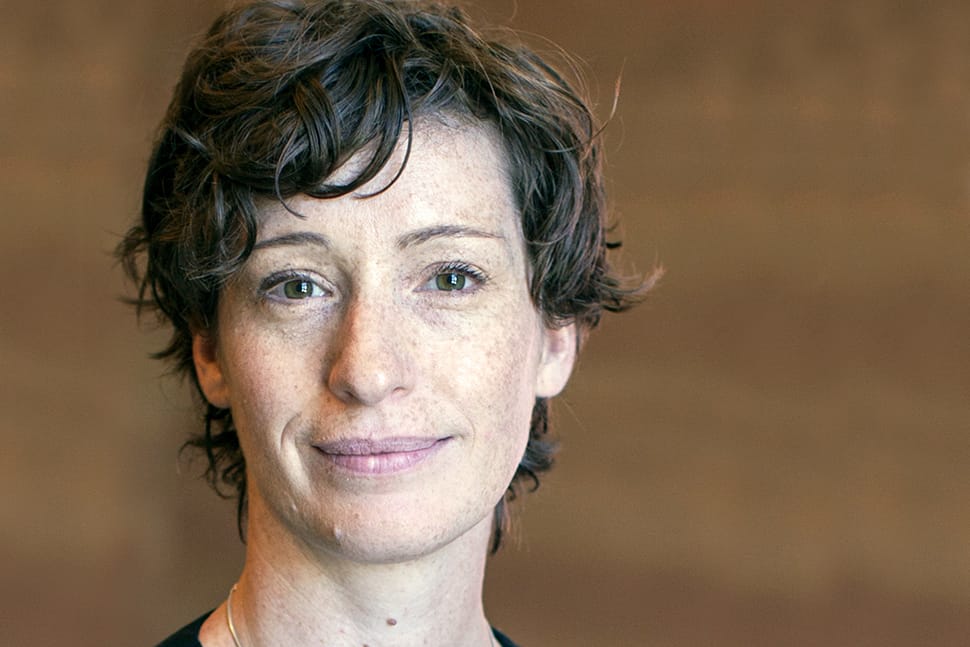
Karen Munro is head of University of Oregon Portland Library and Learning Commons. Her book Tactical Urbanism for Librarians: Quick, Low-Cost Ways to Make Big Changes (ALA Editions, 2017) was excerpted in the September/October 2017 issue of American Libraries. AL spoke with Munro about her book, its inspiration, and why librarians should think tactically.
What made you want to write this book?
For the past nine years, I’ve been a liaison to architecture faculty and students at the University of Oregon. I became interested in urban design and tactical urbanism through my work with them, and I couldn’t help but wonder how those concepts and approaches would transfer to libraries. Cities and libraries share a lot of similar concerns—culturally, organizationally, and financially. Tactical urbanism offers creative ways of thinking about them both.

Why would ALA members find it helpful?
We spend so much time in libraries thinking about strategy, by which I mean the big picture and the long term. That’s good; we need to do that. But in my experience, we sometimes fall short in tactics: the day-to-day, short-term, small-scope, and even temporary or ephemeral work that moves us toward our strategic goals. Tactical urbanism can help us place attention and value on that type of work, which can help engage everyone in the library and validate their work. I hope ALA members find the book interesting for its content—there are great case studies, both on urbanism and library work—and that they might also think differently about the place and value of tactics in running organizations.
What is the most surprising thing you discovered while working on this book?
I was a surprised at how the topic unfolded on its own. Once I started paying attention and looking at library projects through the lens of tactical urbanism, I found amazing examples of tactical library interventions everywhere. And I was not exactly surprised but definitely grateful and gratified that so many library colleagues gave me their time for interviews. I talked to library folk all over the country about their work in administration, systems, technical services, and library renovations. Everyone was willing to dig into the details and share lessons learned, no matter how many questions I asked.
What are you reading now?
I’m reading articles and reports on everything from the changing role of library-subject specialists to linked data and research data management. I’m also trying to keep up with my goal to read 50 books this year. I’m just about to dive into The New Jim Crow: Mass Incarceration in the Age of Colorblindness (The New Press, 2012), which I expect will be a tough but amazing read.
What is your next project?
I’m in the middle of a move to a new position at Simon Fraser University in Vancouver, so that’s my next project. But as I go through the process of moving from a department head to an associate dean, I’m paying close attention to how it feels to make that leap and to all the questions coming up. There might be a useful and interesting book somewhere in there, something like a how-to guide for librarians moving into leadership roles. I know I’d like to read that right now!


